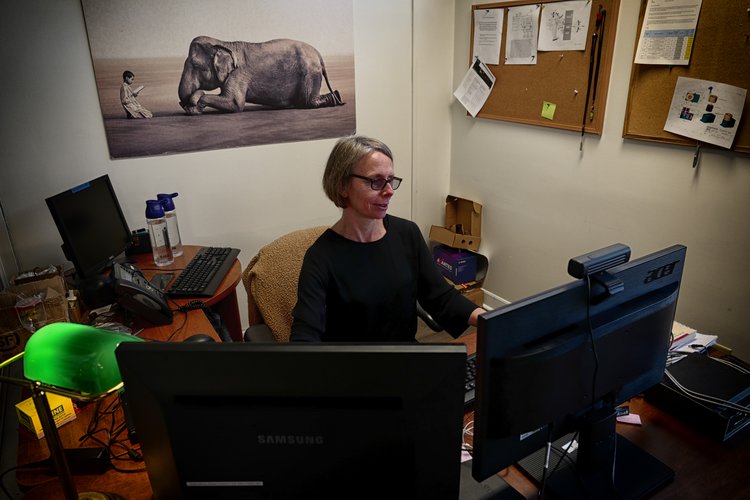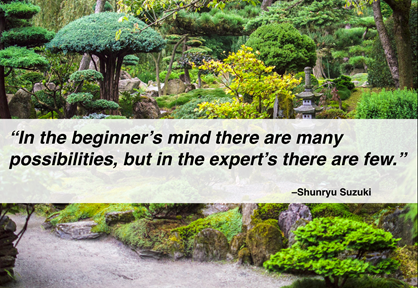Facts About Circular Dichroism Revealed
Wiki Article
Get This Report on Uv/vis
Table of ContentsSome Ideas on Circular Dichroism You Need To KnowThe Buzz on Circularly Polarized LuminescenceThe 20-Second Trick For SpectrophotometersUv/vis/nir - An OverviewEverything about Uv/vis/nir

Although spectrophotometry is most commonly applied to ultraviolet, visible, and infrared radiation, modern spectrophotometers can interrogate large swaths of the electro-magnetic spectrum, including x-ray, ultraviolet, visible, infrared, and/or microwave wavelengths. Spectrophotometry is a tool that depends upon the quantitative analysis of particles depending on how much light is soaked up by colored substances.
The 5-Minute Rule for Uv/vis/nir
A spectrophotometer is typically used for the measurement of transmittance or reflectance of solutions, transparent or opaque solids, such as sleek glass, or gases. Numerous biochemicals are colored, as in, they absorb visible light and for that reason can be determined by colorimetric procedures, even colorless biochemicals can often be transformed to colored substances appropriate for chromogenic color-forming reactions to yield compounds suitable for colorimetric analysis.: 65 However, they can likewise be created to measure the diffusivity on any of the listed light varieties that generally cover around 2002500 nm utilizing different controls and calibrations.An example of an experiment in which spectrophotometry is utilized is the determination of the stability constant of an option. A certain chemical reaction within a service might happen in a forward and reverse direction, where reactants form items and items break down into reactants. Eventually, this chain reaction will reach a point of balance called a balance point.
About Circularly Polarized Luminescence
The quantity of light that passes through the option is indicative of the concentration of particular chemicals that do not allow light to travel through. The absorption of light is due to the interaction of light with the electronic and vibrational modes of particles. Each type of particle has an individual set of energy levels connected with the makeup of its chemical bonds and nuclei and hence will take in light of particular wavelengths, or energies, resulting in special spectral properties.
The usage of spectrophotometers spans various clinical fields, such as physics, products science, chemistry, biochemistry. UV/Vis, chemical engineering, and molecular biology. They are commonly utilized in lots of industries consisting of semiconductors, laser and optical manufacturing, printing and forensic assessment, as well as in laboratories for the research study of chemical substances. Spectrophotometry is typically used in measurements of enzyme activities, determinations of protein concentrations, decisions of enzymatic kinetic constants, and measurements of ligand binding reactions.: 65 Ultimately, a spectrophotometer has the ability to figure out, depending on the control or calibration, what substances exist in a target and precisely just how much through calculations of observed wavelengths.
Created by Arnold O. Beckman in 1940 [], the spectrophotometer was produced with the help of his associates at his business National Technical Laboratories founded in 1935 which would end up being Beckman Instrument Company and ultimately Beckman Coulter. This would come as a service to the formerly developed spectrophotometers which were not able to take in the ultraviolet correctly.
Not known Details About Uv/vis/nir
It would be discovered that this did not give acceptable results, for that reason in Design B, there was a shift from a glass to a quartz prism which permitted better absorbance outcomes - circular dichroism (https://www.bark.com/en/us/company/olis-clarity/96z8l/). From there, Model C was born with an adjustment to the wavelength resolution which wound up having three systems of it producedIt was produced from 1941 to 1976 where the rate for it in 1941 was US$723 (far-UV accessories were a choice at additional expense). In the words of Nobel chemistry laureate Bruce Merrifield, it was "most likely the most crucial instrument ever established towards the development of bioscience." Once it became terminated in 1976, Hewlett-Packard produced the first commercially readily available diode-array spectrophotometer in 1979 referred to as the HP 8450A. It irradiates the sample with polychromatic light which the sample takes in depending on its properties. It is transmitted back by grating the photodiode range which detects the wavelength area of the spectrum. Since then, the production and application of spectrophotometry gadgets has increased immensely and has actually turned into one of the most ingenious instruments of our time.

Uv/vis/nir Things To Know Before You Buy
Historically, spectrophotometers use a monochromator including a diffraction grating to produce the analytical spectrum. The grating can either be movable or repaired. If a single detector, such as a photomultiplier tube or photodiode is utilized, the grating can be scanned stepwise (scanning spectrophotometer) so that the detector can determine the light strength at each wavelength (which will correspond to each "action").In such systems, the grating is fixed and the intensity of each wavelength of light is measured by a various detector in the click here for info array. When making transmission measurements, the spectrophotometer quantitatively compares the fraction of light that passes through a reference option and a test solution, then digitally compares the intensities of the 2 signals and calculates the portion of transmission of the sample compared to the referral requirement.

Report this wiki page